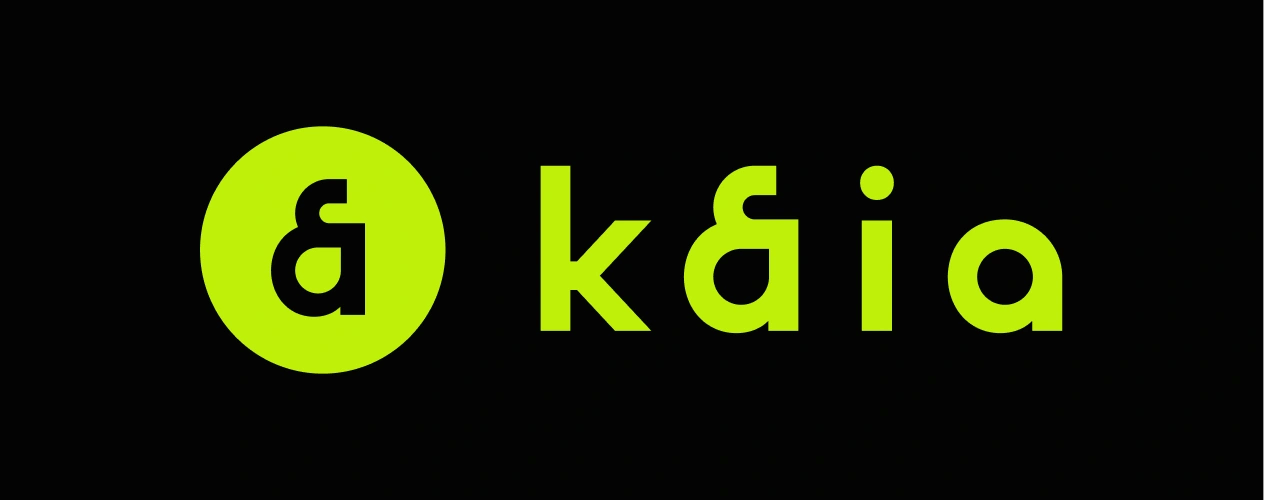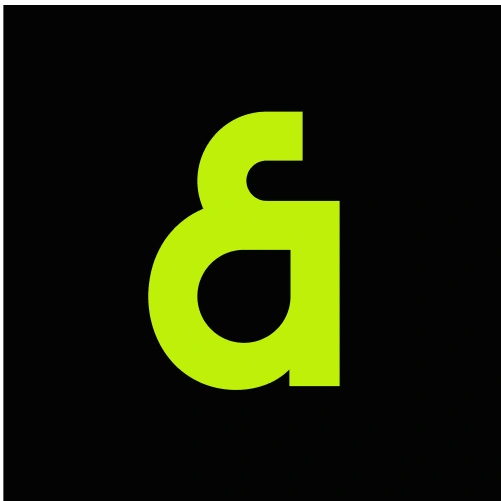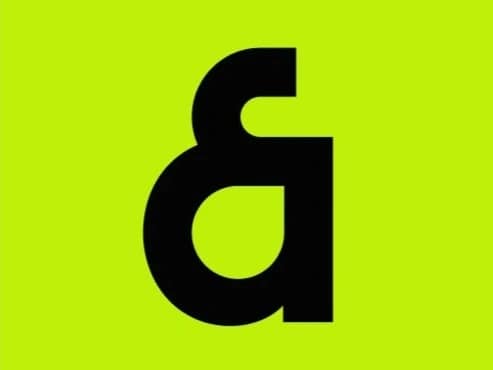Subscribe to wiki
Share wiki
Bookmark
Kaia
The Agent Tokenization Platform (ATP):Build autonomous agents with the Agent Development Kit (ADK)
Kaia
Kaia is a Layer 1 blockchain formed through the merger of Klaytn and Finschia, two networks originally backed by Kakao and LINE. It is EVM-compatible and designed to support scalable applications and interoperability across Web3 ecosystems. [1]
Overview
Kaia is a high-performance public blockchain, optimized for enterprise reliability with rapid transaction speeds, low costs, and easy integration across industries. It processes 4,000 transactions per second, achieves 1-second finality, and offers gas fees at roughly one-tenth of Ethereum’s, with governance by a global council of major corporations.
The network is organized into three subnetworks: the Core Cell Network for transaction processing, the Endpoint Node Network for API handling and main-to-service chain links, and the Service Chain Network for independent chains supporting specific dApps. Kaia’s modified Istanbul BFT consensus uses VRF-based randomness and a committee-based selection to ensure efficient block generation every second. The Kaia Virtual Machine (KVM) is EVM-compatible, supporting easy Ethereum contract migration and secure cross-chain operations, with enhanced protection measures like separate validator keys and multi-platform transaction support. [2]

History
Kaia Blockchain originated from the merger of two South Korean blockchain networks: Finschia, which evolved from the LINE Blockchain launched in 2018 by the messaging platform LINE, and Klaytn, established in 2019 by Kakao. This unification was driven by a shared goal of advancing mass adoption of blockchain technology. Designed as a Layer 1 EVM-compatible chain, Kaia prioritized scalability, usability, and reliability, aiming to make blockchain more accessible and to support broader participation in the Web3 ecosystem. [2]
Technology
Consensus
Kaia Blockchain uses a modified version of Istanbul Byzantine Fault Tolerance (IBFT) to support high-speed, secure consensus suited for enterprise environments. Based on PBFT principles, this consensus mechanism enables immediate finality for each block without forks, ensuring stable transaction validation even under system failures or malicious conditions. Block proposers are chosen randomly using a Verifiable Random Function (VRF), helping prevent targeted denial-of-service attacks and maintaining decentralized security.
The network architecture includes three node types: Consensus Nodes (CN), which propose and validate blocks; Proxy Nodes (PN), which facilitate broader participation; and Endpoint Nodes (EN), which facilitate broader participation. CNs must stake tokens to participate, balancing operational cost and network scalability. To reduce latency during periods of high transaction volume, Kaia employs a multi-channel broadcast system that separates block and transaction propagation. This design maintains application responsiveness even under congestion. The consensus process itself involves three stages: election of a block proposer using VRF, block generation by the proposer, and verification by the committee of CNs, with finalization occurring once a quorum of signatures is collected. [9]
Account Model
Kaia Blockchain incorporates an enhanced account model and smart contract system to support scalable and efficient application development. Smart contracts enable automated execution of predefined conditions, reducing reliance on intermediaries and improving transaction efficiency. These contracts operate on a distributed virtual machine designed for performance and developer usability, contributing to the growth of decentralized applications and new economic models within the ecosystem.
The account model expands on traditional Externally Owned Accounts (EOAs) by allowing additional functionality such as key replacement and multi-signature setups. Users can assign roles to registered private keys, including transaction authorization, key management, and fee delegation. This structure supports greater flexibility, role separation, and security in account operations. [9]
Kaia Virtual Machine (KVM)
The Kaia Virtual Machine (KVM) is a modified version of the Ethereum Virtual Machine (EVM) that retains full compatibility with all standard Ethereum Opcodes while introducing additional precompiled contracts unique to the Kaia network. These added contracts are assigned non-conflicting addresses, starting from 0x03ff in descending order, to avoid overlapping with Ethereum’s native precompiles.
KVM supports smart contract development using Solidity and is compatible with Ethereum-based tools such as Remix, Hardhat, Truffle, and Foundry. This compatibility allows developers to compile and deploy Solidity contracts on Kaia without modifications, offering a familiar environment for those already building on Ethereum and facilitating easier migration of existing decentralized applications. [9]
Agent Kit
The Kaia Agent Kit is a development toolkit designed to integrate AI agents with the Kaia blockchain. It enables AI models to perform on-chain actions such as executing smart contract functions, transferring tokens, and querying blockchain data autonomously. The toolkit is intended to support creating decentralized applications powered by AI agents that can interact directly with blockchain infrastructure.
The Agent Kit is model-agnostic, supporting a range of large language models including those from OpenAI, Anthropic, and Google. It includes native on-chain functions, allows seamless integration into existing projects, and provides documentation and sample code to assist developers in implementation. This setup allows AI agents to operate as fully functional blockchain participants. [10]
KAIA

KAIA is the native token of the Kaia Blockchain, used for staking and paying transaction fees associated with contract execution and token transfers. It is the economic incentive for maintaining network security and efficiency, rewarding validators for resource contribution, and encouraging developers to create optimized applications, as inefficient code results in higher costs. [2] [3]
Tokenomics
- 50% to Network Participants and Staking
- 20% to Block Creators
- 80% to Staking Rewards
- 25% to Kaia Ecosystem Fund (KEF): Supports ecosystem growth and development.
- 25% to Kaia Infrastructure Fund (KIF): Aims to strengthen infrastructure and platform stability. [3]
Burning Mechanism
Kaia Blockchain employs a 3-layer burn model to manage KAIA token supply and promote economic sustainability. This includes transaction-based burning (removing a portion of fees), MEV burning (eliminating part of the validators' ordering profits), and business-based burning (encouraging ecosystem services to contribute to supply reduction). These mechanisms aim to balance growth, deter exploitative behavior, and maintain long-term value. [4]
Governance
Kaia’s governance model is built on three pillars: the Kaia Community, which includes all KAIA token holders; the Kaia Council, which executes governance decisions based on its holdings and delegated voting rights; and the Kaia Foundation, which supports decision-making with technical expertise and data. This structure enables transparent and efficient governance, combining community input with informed execution.
The system embraces multiple governance models—representative democracy, DAO-style participation, and shareholder-based influence—to foster flexibility and inclusivity. Governance power tends to accumulate around the most effective systems and contributors, with council members encouraged to adopt and replicate successful models. Kaia emphasizes community participation as a core driver of Web3 innovation, ensuring decisions reflect collective interests while adapting to market conditions. In 2024, the governance approach prioritizes growth, enabling faster decision-making to meet evolving ecosystem needs. [2]
Partnerships
CARV
The Kaia Foundation has partnered with CARV, a provider specializing in identity and data layer infrastructure. This collaboration integrates CARV’s identity and data management tools with Kaia's blockchain ecosystem, supporting data ownership, privacy, and user verification. By combining CARV's expertise with Kaia’s vision to bring millions of users on-chain, this partnership facilitates data transparency and security for Kaia users, enabling developers to build next-generation, data-driven decentralized applications. [8]
Dune
Kaia has integrated with Dune, a prominent platform for blockchain data analytics, allowing users to access extensive datasets on Kaia’s ecosystem. This integration enables tracking transaction volumes, gas fees, and activity across Kaia’s decentralized applications, including DeFi, NFTs, and gaming. Kaia’s presence on Dune supports a deeper analysis of network growth and user engagement, while offering developers and analysts tools for customized data queries and insights into one of Asia’s most prominent blockchain ecosystems. [7]
Tether
Kaia has partnered with Tether to integrate native USD₮ on its network, aiming to enhance the stablecoin’s presence in Asia. By leveraging Kaia’s connection to over 250 million users via the LINE platform, the collaboration seeks to expand USD₮ adoption and support stability and liquidity across Kaia’s ecosystem.
The integration of USD₮ on Kaia’s high-performance, EVM-compatible blockchain facilitates a range of on-chain financial applications, including tokenized real-world assets, on/off-ramp solutions, and support from major exchanges. USD₮ will also enable fast, low-cost transactions within LINE’s Dapp Portal, improving user access to stable digital dollar assets in everyday use. [11]
Others
See something wrong?
The Agent Tokenization Platform (ATP):Build autonomous agents with the Agent Development Kit (ADK)
